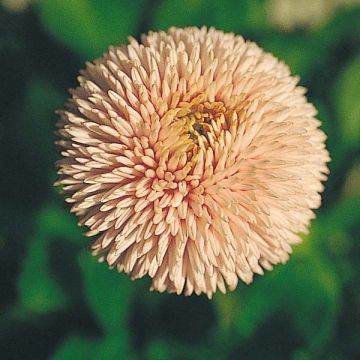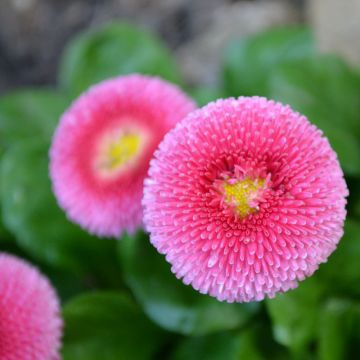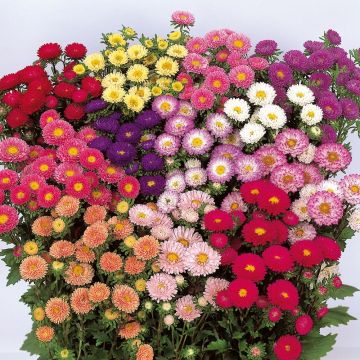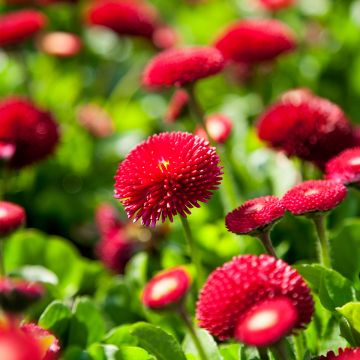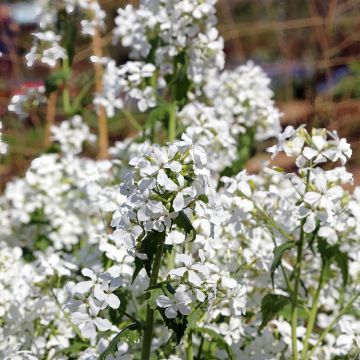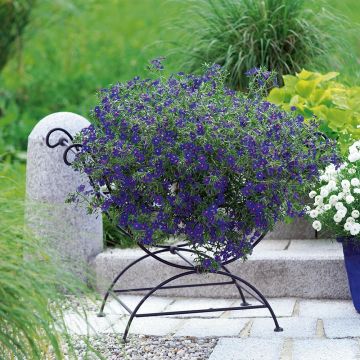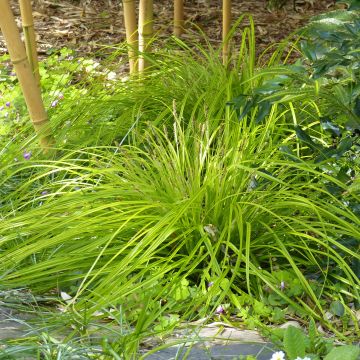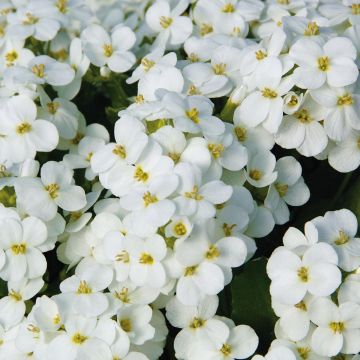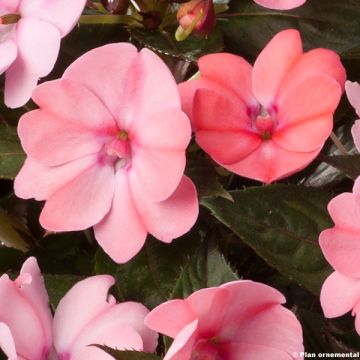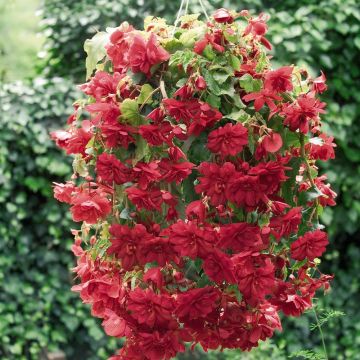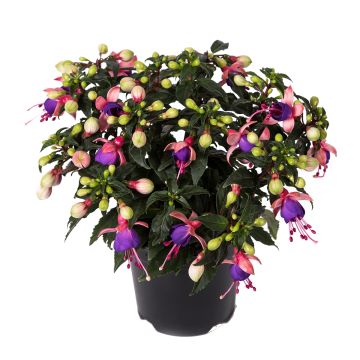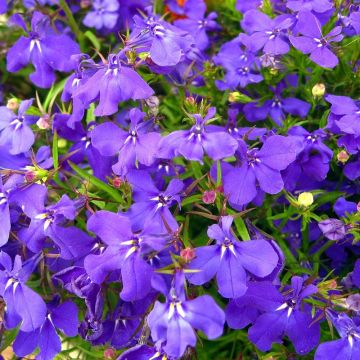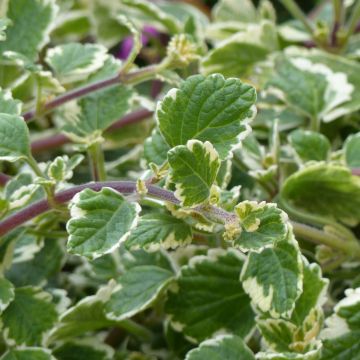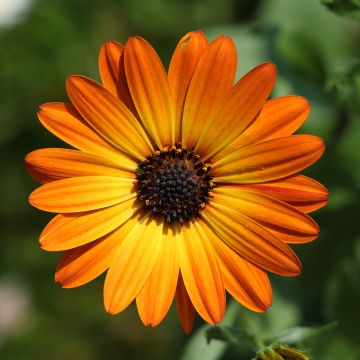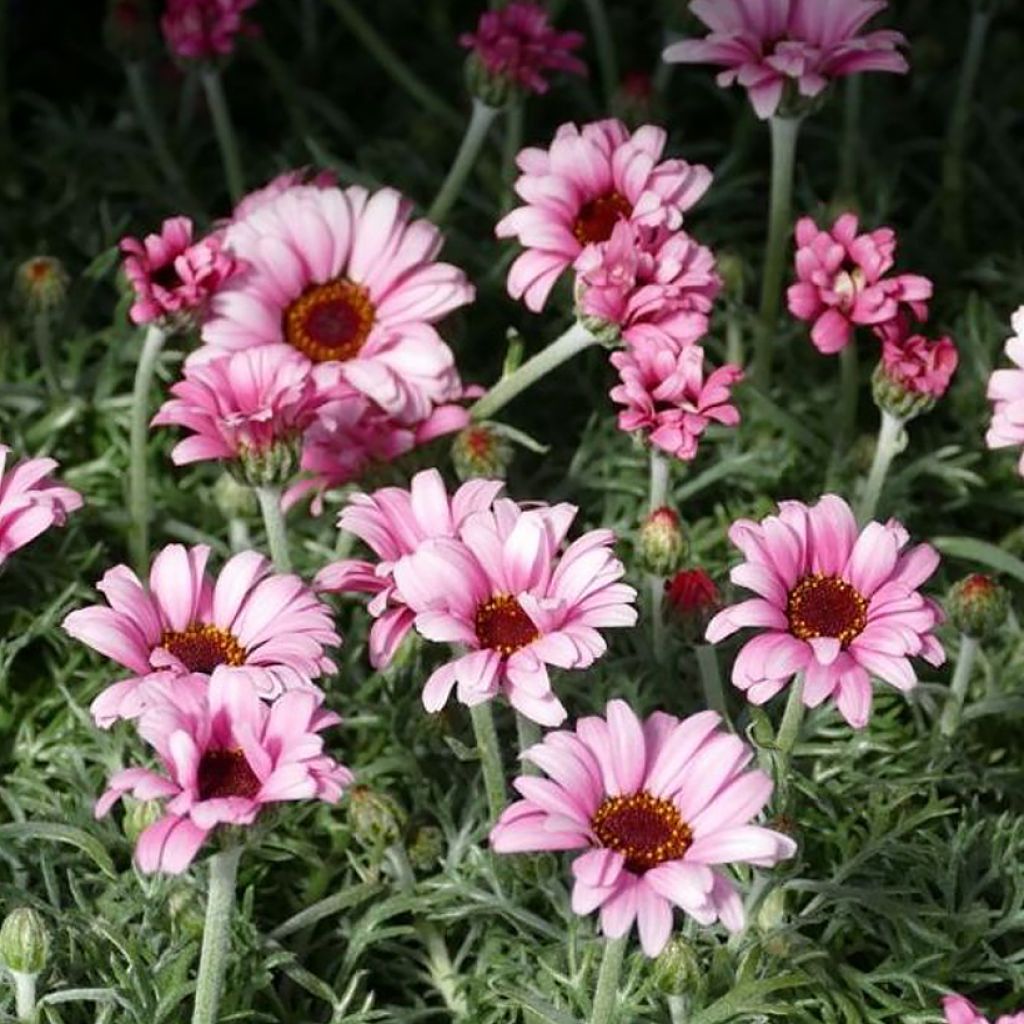

Rhodanthemum hosmariense African Rose - Moroccan Daisy
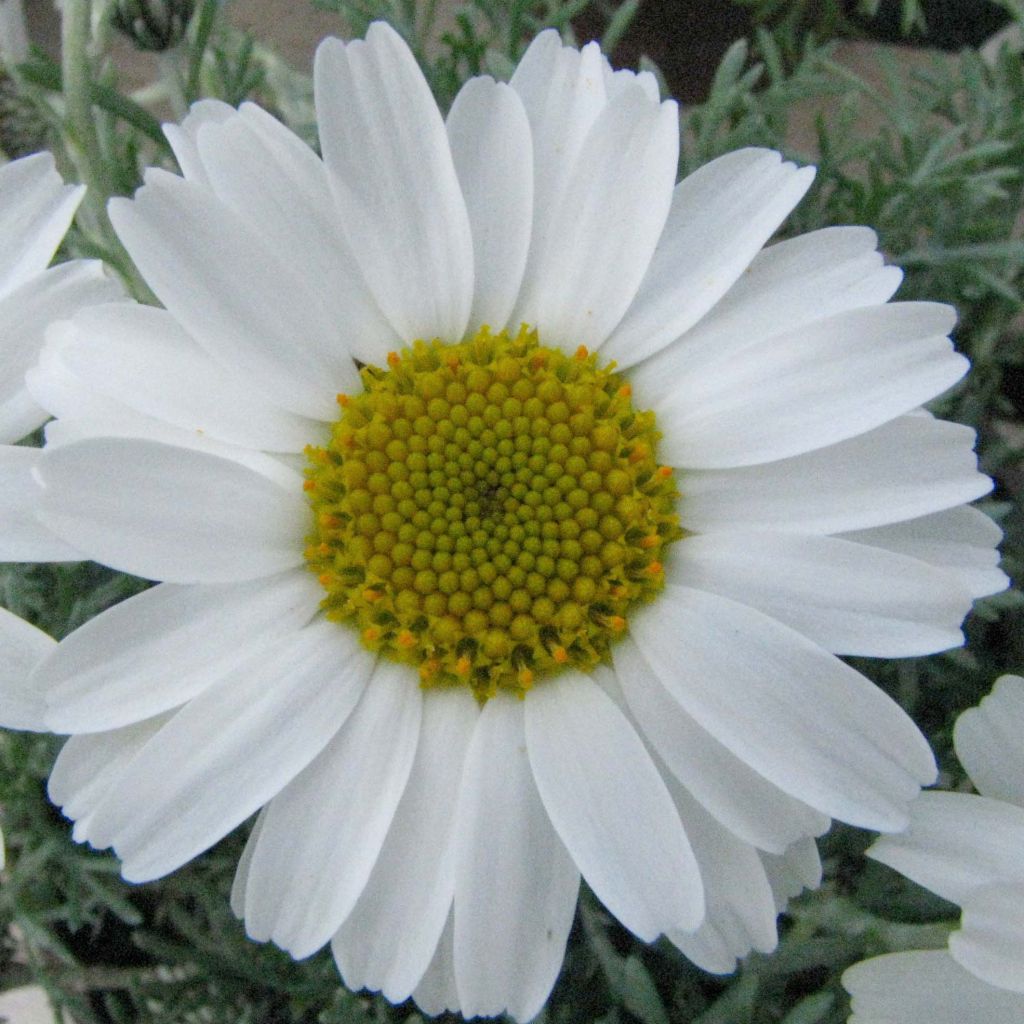

Rhodanthemum hosmariense African Rose - Moroccan Daisy
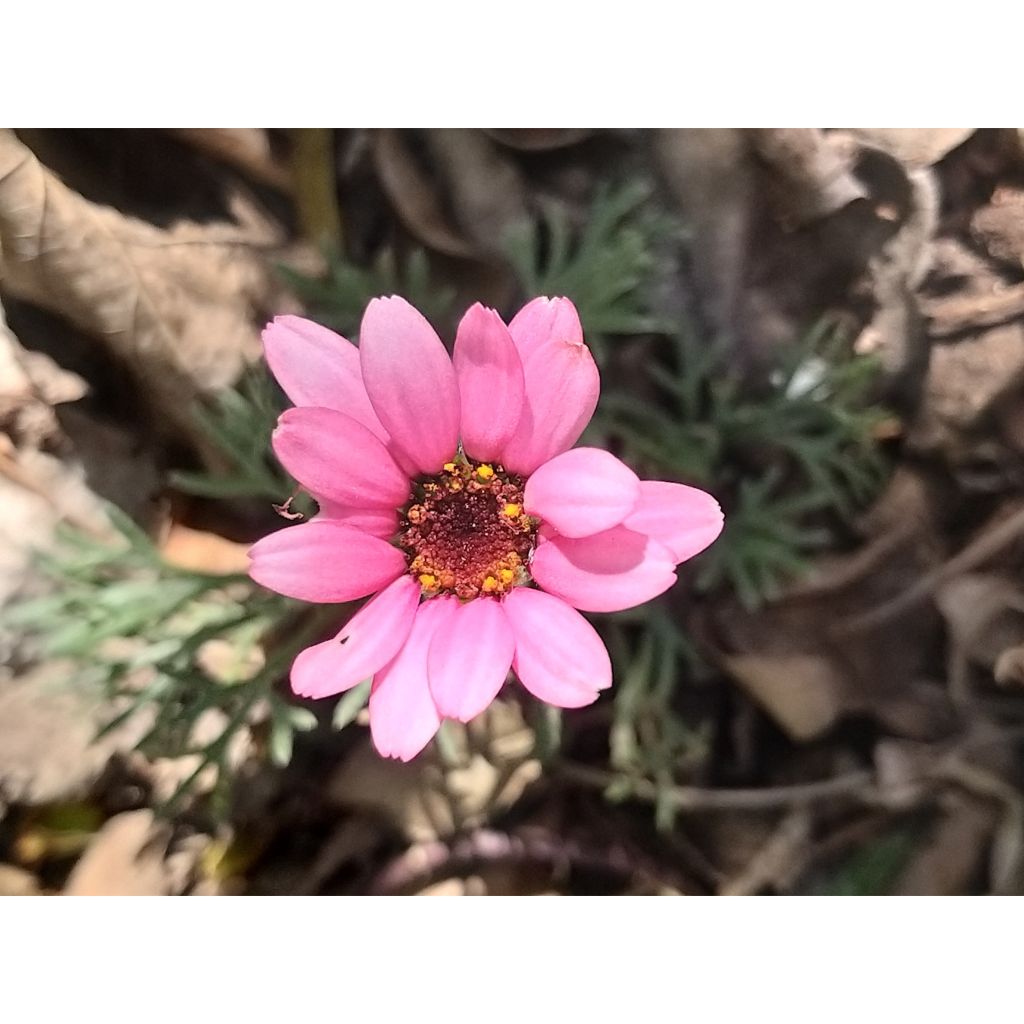

Rhodanthemum hosmariense African Rose - Moroccan Daisy
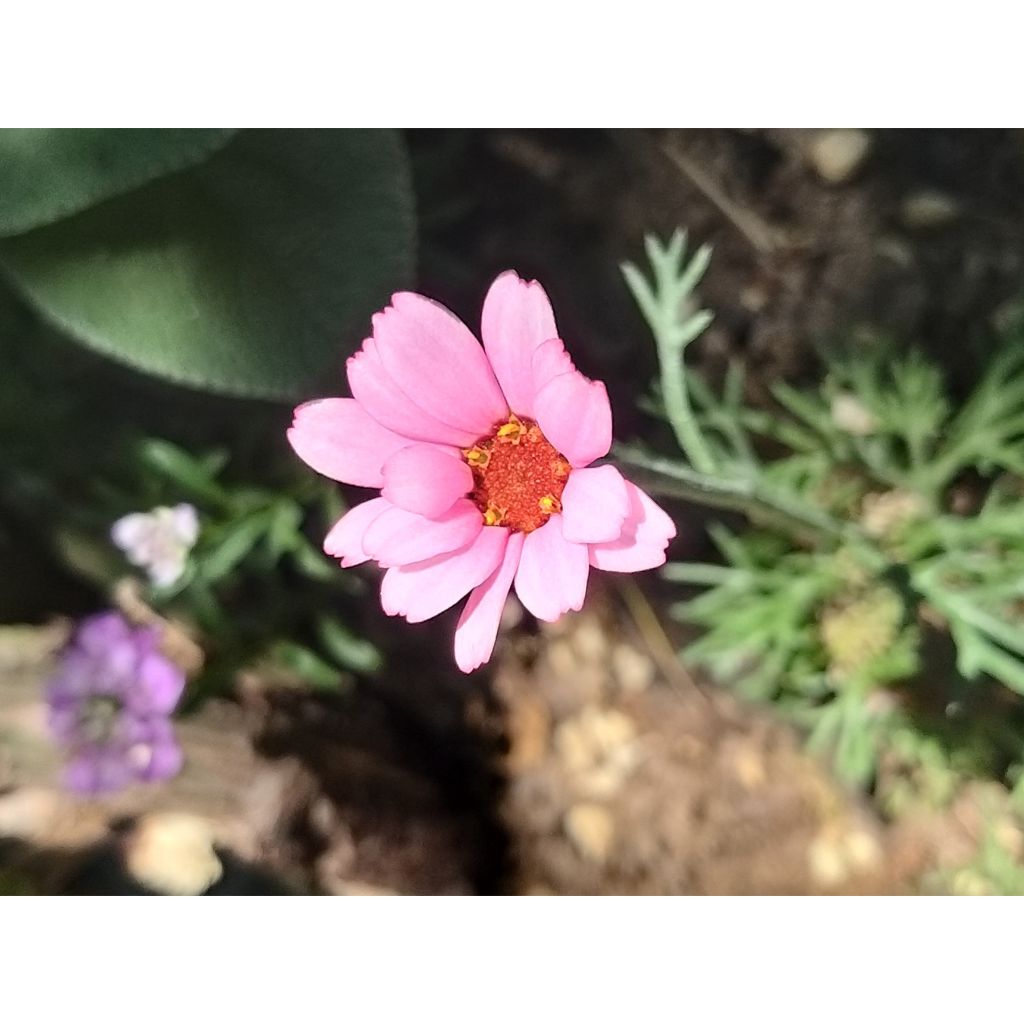

Rhodanthemum hosmariense African Rose - Moroccan Daisy
Rhodanthemum hosmariense African Rose - Moroccan Daisy
Rhodanthemum hosmariense African Rose
Moroccan Daisy, African Daisy
Received in November 23, planted immediately. 1 young plants out of 3 taken but roughed up by snails and slugs ????????????.
Emilie , 31/05/2024
Why not try an alternative variety in stock?
View all →This plant carries a 6 months recovery warranty
More information
We guarantee the quality of our plants for a full growing cycle, and will replace at our expense any plant that fails to recover under normal climatic and planting conditions.
From €5.90 for pickup delivery and €6.90 for home delivery
Express home delivery from €8.90.
Does this plant fit my garden?
Set up your Plantfit profile →
Description
The 'African Rose' Moroccan daisy, also known as Rhodanthemum hosmariense or Leucanthemum hosmariensis, is a recent variety with soft pink flowers, similar to beautiful daisies resting on a cushion of very fine foliage with silver reflections. Already magnificent in winter, when it displays its particularly graphic floral buds, this half-hardy perennial is often cultivated as a biennial in cool and humid climates. It blooms very early in the ground, for at least 8 weeks. It is a very beautiful rock plant, easy to grow in mild climates in well-drained soil, but also a superb biennial for flowering in containers and hanging baskets.
Rhodanthemum hosmariense is a small spring daisy belonging to the Asteraceae family. Originally from the Atlas Mountains, the Moroccan daisy (in Latin Rhodanthemum or Leucanthemum hosmariense) is actually a subshrub with woody base that tolerates drought well, but disappears when the temperature drops below -12°C (10.4°F), in well-drained soil. The 'African Rose' variety quickly forms a very regular and dense cushion, 20 to 30cm (8 to 12in) high and 40 to 50cm (16 to 20in) wide. It has larger flowers than those of the species, about 4cm (2in) in diameter, a fading soft pink colour over time, and a brown centre. The large floral buds that form in January are particularly decorative: surrounded by very dark scaly bracts, they contrast beautifully with the gray-green foliage at this time of year. The fine and dissected foliage, downy, becoming more silvery grey as the heat sets in, persists all year round in mild climates.
The soft pink flowers with yellow centres of the 'African Rose' Rhodanthemum cultivated in pots appear very early in spring and constantly renew themselves until early summer. Because of its decorative qualities and earliness, it is an ideal perennial plant to use in combination with more classic biennials such as pansies and primroses. It is very suitable for containers and flower boxes for spring decoration on terraces, balconies, and window sills. It can then be replanted in the garden, in an exposed rockery, where it will find what it likes: a sunny location and a very well-drained soil, even poor and rocky, sheltered from heavy frosts.
Note: Please be aware that our plug plants are professional products intended for experienced gardeners: upon receipt, repot them as soon as possible, in pots, containers, or directly in flower beds.
Report an error about the product description
Rhodanthemum hosmariense African Rose - Moroccan Daisy in pictures
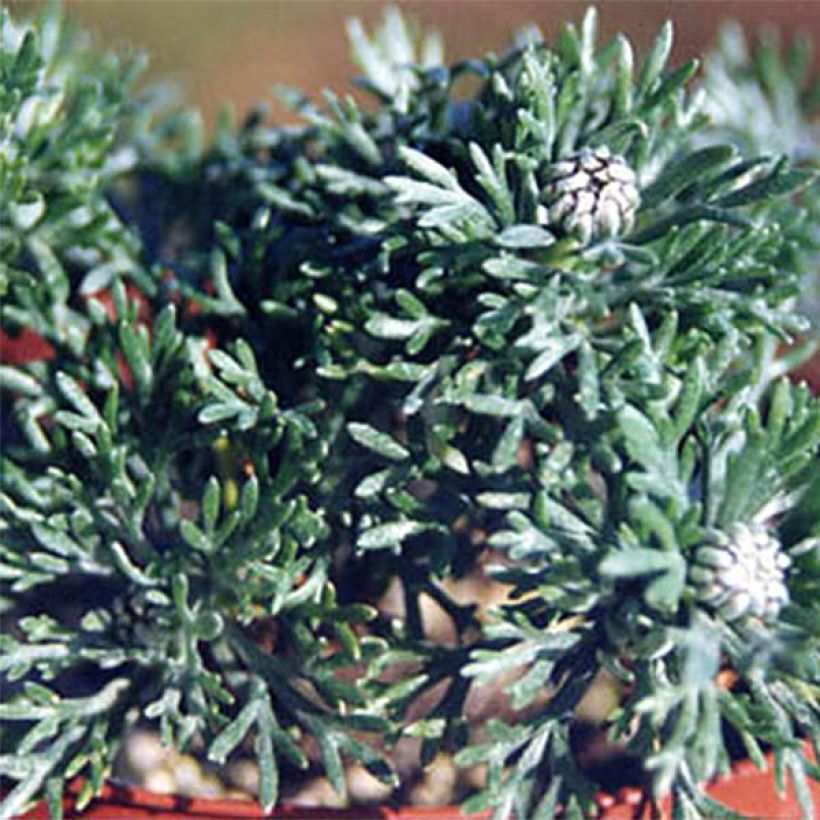

Flowering
Foliage
Plant habit
Botanical data
Rhodanthemum
hosmariense
African Rose
Asteraceae
Moroccan Daisy, African Daisy
Cultivar or hybrid
Other Biennials A to Z
Planting and care
The bud plug plants of Moroccan daisies 'African Rose' can be planted in pots and containers or directly in the ground (in mild climates) in a finely prepared and enriched soil. Plant them as soon as possible, preferably in September or at the latest in October. If the planned location is not ready yet or if the conditions are unfavorable for planting, you can let them grow in pots for 4 to 6 weeks. After planting, you can pinch the tip of the plant between your thumb and index finger to remove the terminal bud and stimulate branching (optional).
In pots and containers, use a good potting soil for flowering plants that is well-draining (for example, with plenty of bark or perlite) and enriched with slow-release fertilizer. The top of the plug plan should be level with the potting soil. Water generously at planting and during the following weeks, as the plug plants can dry out quickly. However, be careful with excessive water! Make sure to use containers with drainage holes and empty the saucer 10 minutes after watering. Remember to water even during winter if it doesn't rain or if the container is placed in a sheltered location. Do not water during freezing periods.
Once growth resumes, in late February or early March, and throughout the flowering period, apply a liquid fertilizer for flowering plants 1 to 2 times a week with the watering water. Remove faded flowers to promote new blooms. Once the flowering is over, potted plants can be replanted in the garden.
These plants appreciate sun and well-drained, sandy or rocky soils, even limestone and dry in summer. After flowering, remove faded flowers and water (in the evening, never in direct sunlight) if the plant shows signs of drying out. It will form new foliage.
Planting period
Intended location
Care
-
, onOrder confirmed
Reply from on Promesse de fleurs
Plug plants - Annuals
Haven't found what you were looking for?
Hardiness is the lowest winter temperature a plant can endure without suffering serious damage or even dying. However, hardiness is affected by location (a sheltered area, such as a patio), protection (winter cover) and soil type (hardiness is improved by well-drained soil).

Photo Sharing Terms & Conditions
In order to encourage gardeners to interact and share their experiences, Promesse de fleurs offers various media enabling content to be uploaded onto its Site - in particular via the ‘Photo sharing’ module.
The User agrees to refrain from:
- Posting any content that is illegal, prejudicial, insulting, racist, inciteful to hatred, revisionist, contrary to public decency, that infringes on privacy or on the privacy rights of third parties, in particular the publicity rights of persons and goods, intellectual property rights, or the right to privacy.
- Submitting content on behalf of a third party;
- Impersonate the identity of a third party and/or publish any personal information about a third party;
In general, the User undertakes to refrain from any unethical behaviour.
All Content (in particular text, comments, files, images, photos, videos, creative works, etc.), which may be subject to property or intellectual property rights, image or other private rights, shall remain the property of the User, subject to the limited rights granted by the terms of the licence granted by Promesse de fleurs as stated below. Users are at liberty to publish or not to publish such Content on the Site, notably via the ‘Photo Sharing’ facility, and accept that this Content shall be made public and freely accessible, notably on the Internet.
Users further acknowledge, undertake to have ,and guarantee that they hold all necessary rights and permissions to publish such material on the Site, in particular with regard to the legislation in force pertaining to any privacy, property, intellectual property, image, or contractual rights, or rights of any other nature. By publishing such Content on the Site, Users acknowledge accepting full liability as publishers of the Content within the meaning of the law, and grant Promesse de fleurs, free of charge, an inclusive, worldwide licence for the said Content for the entire duration of its publication, including all reproduction, representation, up/downloading, displaying, performing, transmission, and storage rights.
Users also grant permission for their name to be linked to the Content and accept that this link may not always be made available.
By engaging in posting material, Users consent to their Content becoming automatically accessible on the Internet, in particular on other sites and/or blogs and/or web pages of the Promesse de fleurs site, including in particular social pages and the Promesse de fleurs catalogue.
Users may secure the removal of entrusted content free of charge by issuing a simple request via our contact form.
The flowering period indicated on our website applies to countries and regions located in USDA zone 8 (France, the United Kingdom, Ireland, the Netherlands, etc.)
It will vary according to where you live:
- In zones 9 to 10 (Italy, Spain, Greece, etc.), flowering will occur about 2 to 4 weeks earlier.
- In zones 6 to 7 (Germany, Poland, Slovenia, and lower mountainous regions), flowering will be delayed by 2 to 3 weeks.
- In zone 5 (Central Europe, Scandinavia), blooming will be delayed by 3 to 5 weeks.
In temperate climates, pruning of spring-flowering shrubs (forsythia, spireas, etc.) should be done just after flowering.
Pruning of summer-flowering shrubs (Indian Lilac, Perovskia, etc.) can be done in winter or spring.
In cold regions as well as with frost-sensitive plants, avoid pruning too early when severe frosts may still occur.
The planting period indicated on our website applies to countries and regions located in USDA zone 8 (France, United Kingdom, Ireland, Netherlands).
It will vary according to where you live:
- In Mediterranean zones (Marseille, Madrid, Milan, etc.), autumn and winter are the best planting periods.
- In continental zones (Strasbourg, Munich, Vienna, etc.), delay planting by 2 to 3 weeks in spring and bring it forward by 2 to 4 weeks in autumn.
- In mountainous regions (the Alps, Pyrenees, Carpathians, etc.), it is best to plant in late spring (May-June) or late summer (August-September).
The harvesting period indicated on our website applies to countries and regions in USDA zone 8 (France, England, Ireland, the Netherlands).
In colder areas (Scandinavia, Poland, Austria...) fruit and vegetable harvests are likely to be delayed by 3-4 weeks.
In warmer areas (Italy, Spain, Greece, etc.), harvesting will probably take place earlier, depending on weather conditions.
The sowing periods indicated on our website apply to countries and regions within USDA Zone 8 (France, UK, Ireland, Netherlands).
In colder areas (Scandinavia, Poland, Austria...), delay any outdoor sowing by 3-4 weeks, or sow under glass.
In warmer climes (Italy, Spain, Greece, etc.), bring outdoor sowing forward by a few weeks.

































